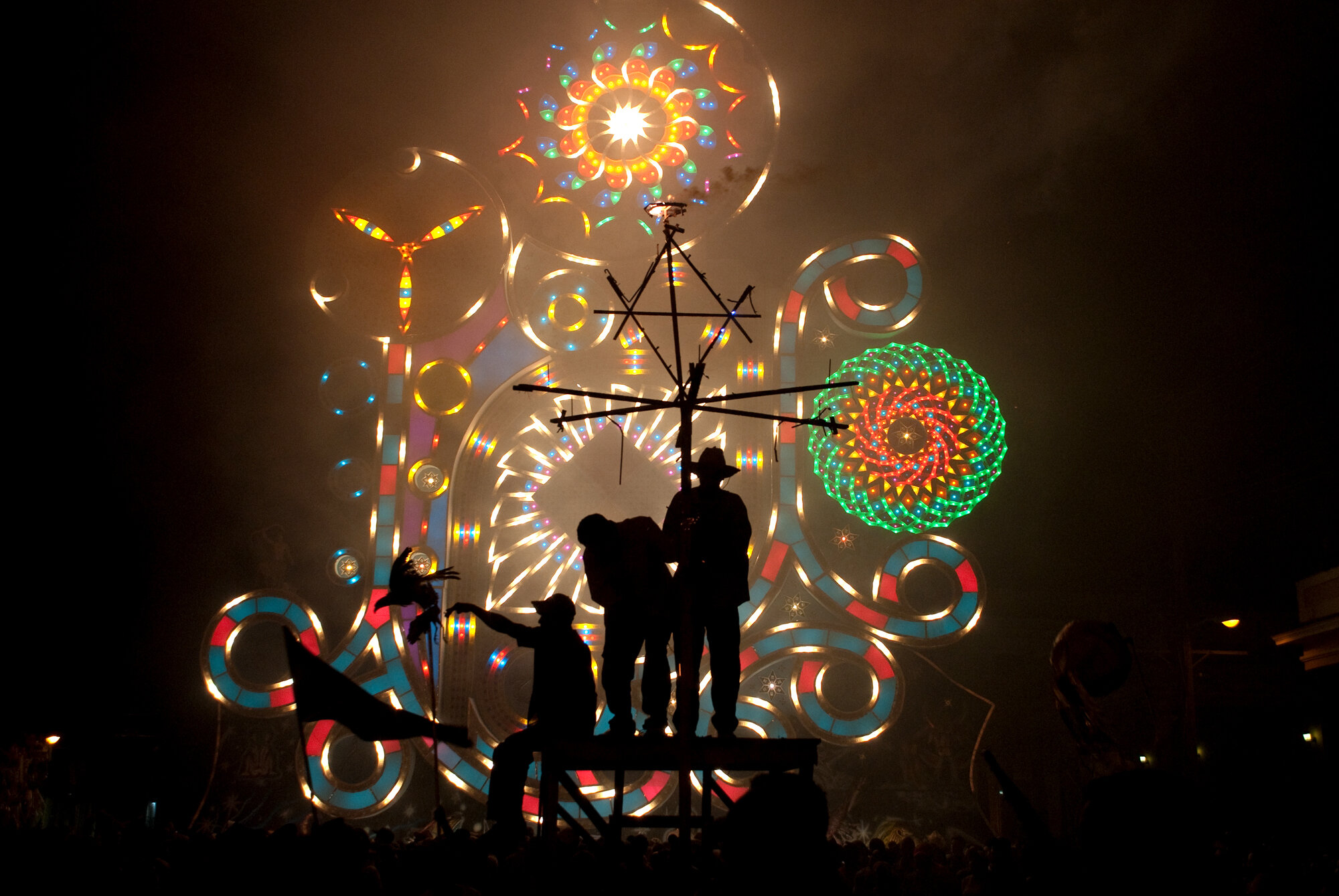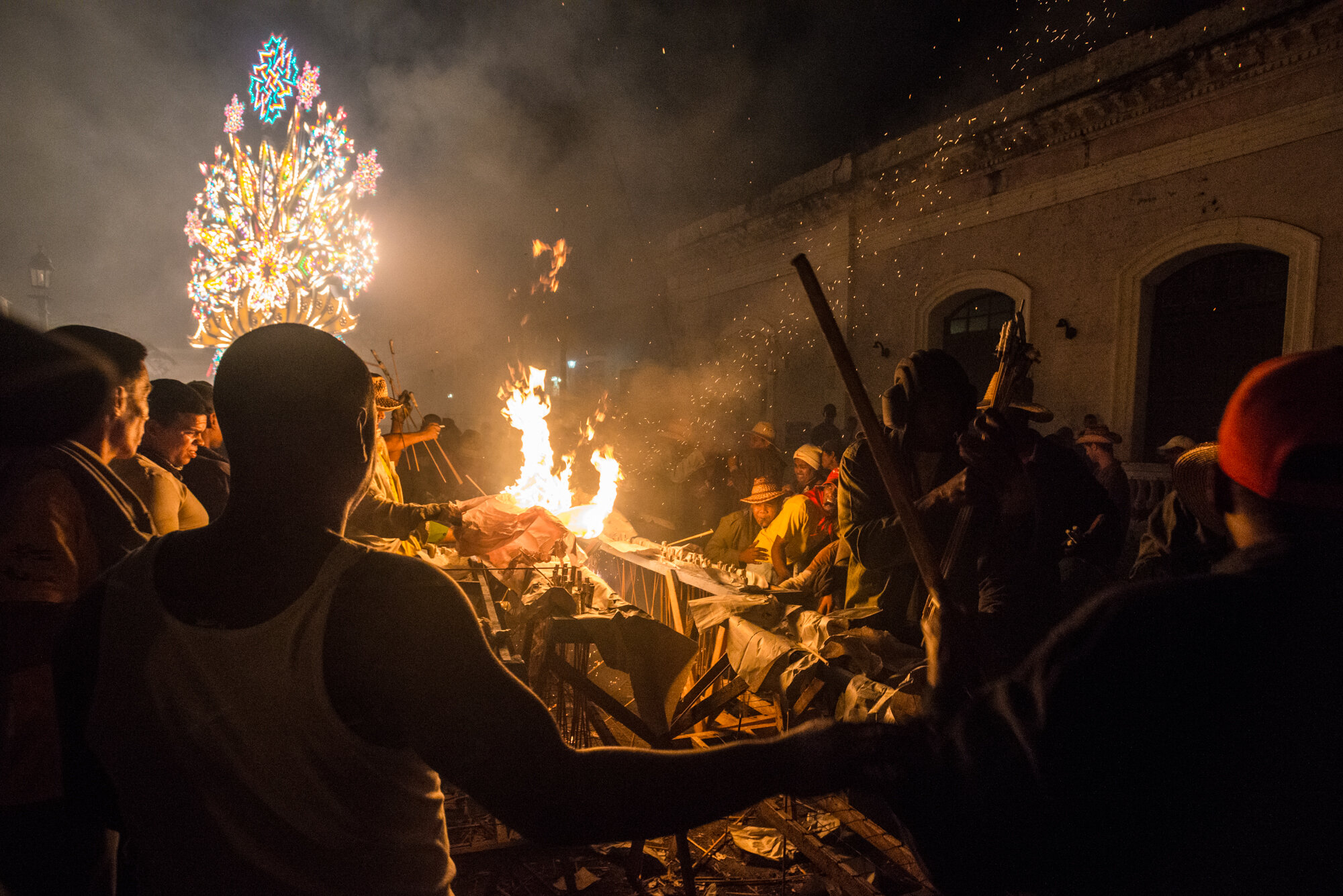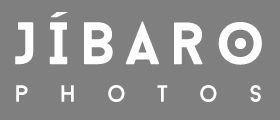Parrandas
“As El Carmen and San Salvador battle it out, the two sides liaise together to accomplish the celebrations, in turn bringing the small villages that participate much closer.”
Las Parrandas—the oldest cultural festival of Cuba originating in its eighth oldest town—represents a vital piece of Cuba’s heritage and tradition through folkloric celebrations of epic proportions. What began as an effort to remedy diminishing attendance at mass just ahead of Christmas in the village of Remedios in 1820, later spread to 17 sites across the country. Remarkable spectacles of light, color, sounds, and form distinguish the festivities, particularly in the central Cuban towns of Remedios, Camajuaní, Chambas, and Caibarién. Every year between December 16th and 24th coinciding with the Aguinaldo Masses in veneration to Novena del Niño Jesus, highly participatory ceremonies spanning dance, music, and traditional crafts have sustained an authentic tradition over several generations of Cubans.
The celebrations involve grand installations of colorful flashing lights, numerous floats of massive sizes, ridiculous quantities of fireworks, flying discs, and all sorts of pyrotechnics one can imagine. Yet, the true essence of Las Parrandas lies not in the grandeur of its floats and installations, rather in the atmosphere that envelops the village plaza—one of festive oomph soaked in by tens of thousands of faces beguiled by the smoke, lights, food, and piercing explosions. Las Parrandas captures the festive quintessence of the interiors of Cuba and is one of the most emblematic community expressions of the people living in the small towns, some being the original villages established by the Spanish. During those seven or eight nights in December, the skies in Remedios can hardly be seen. The unrelenting fireworks make locals and visitors take refuge under the house porticos in the city that proudly celebrates more than five centuries of existence.




















All images in this gallery © Arien Chang Castan 2020 | Jíbaro Photos
However, within the vicinities of Remedios runs the vital deliberation of “El Carmen or San Salvador?” For months, these two populous neighborhoods work in shrouded secrecy to triumph in the “battle” of Las Parrandas, the ultimate winner being the thousands of attendees. The “repique”—a sound typical to the Parrandas can surprise on more than one instance. It is achieved through commonly available metallic instruments such as bars, cowbells, trumpets, and drums, reminiscent of the bell tolls used to draw crowds to the Aguilando Masses two hundred years ago. The city is divided into two camps: El Carmen, represented by the sparrow hawk, and San Salvador, represented by the rooster. The highpoint of the festival comes on the night of December 24th, when the lavishly decked up floats compete. As soon as the bells of the Greater Parish Church ring at 9 p.m., each camp shows up with their carefully safeguarded secret revealed: the design of the floats, lanterns, fireworks, and square.
Figuratively speaking, El Carmen and San Salvador battle it out, but in reality, the two sides liaise together to accomplish the celebrations, in turn bringing the small villages that participate much closer. While Las Parrandas started off two hundred years ago in an attempt to bring people into the churches, today, it is bringing the people of the small towns of Cuba closer to one another. Perhaps, Niño Jesus would have it no other way.
